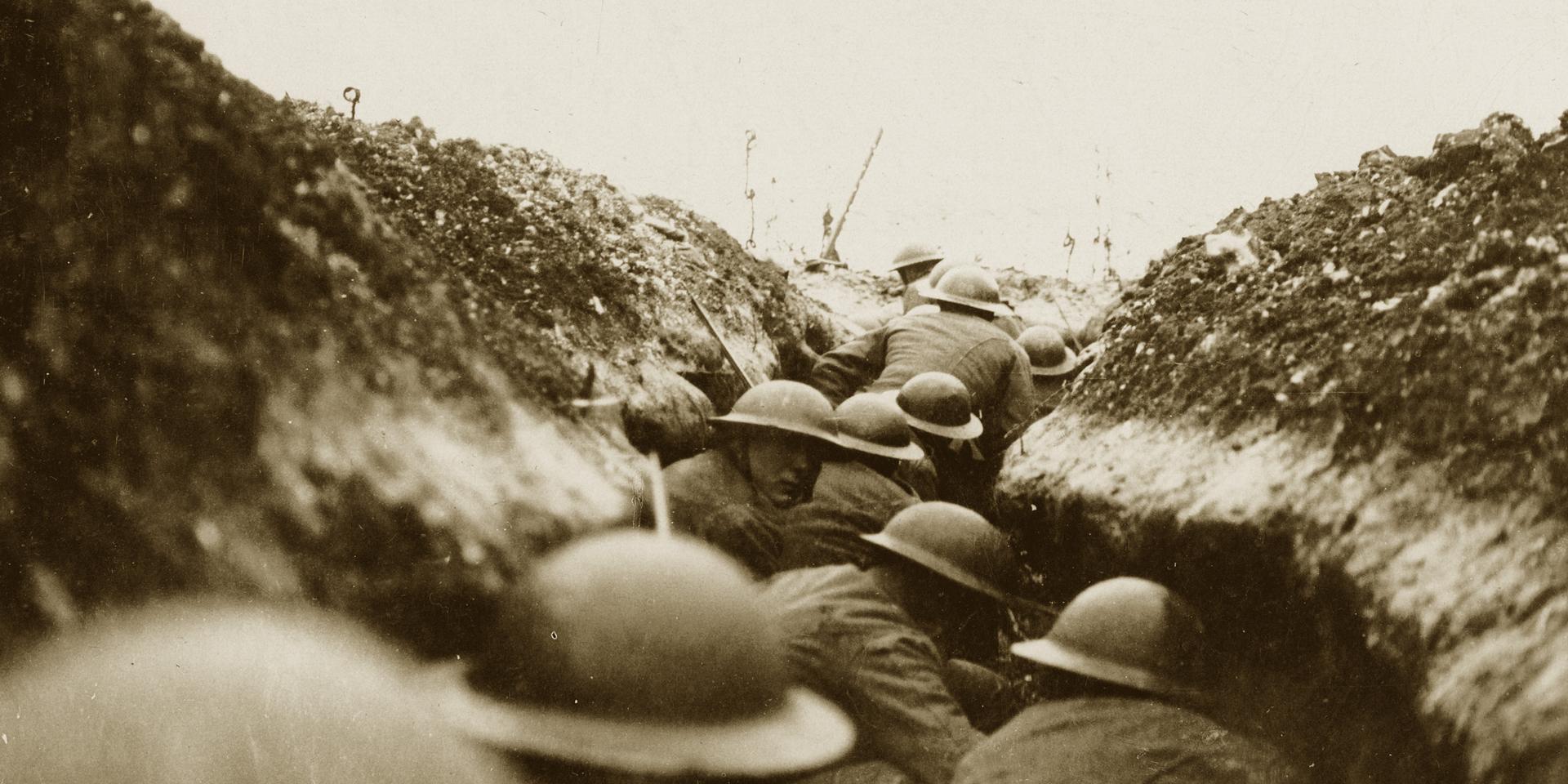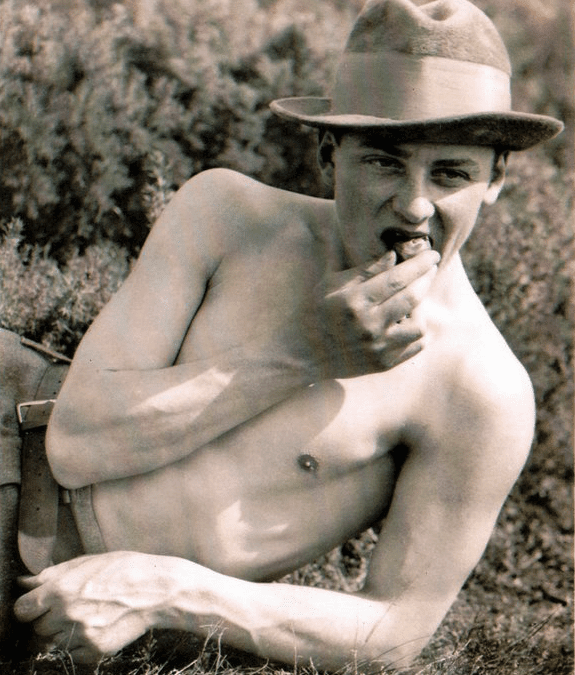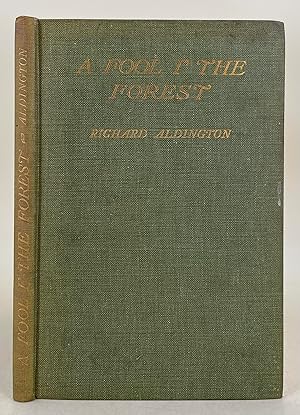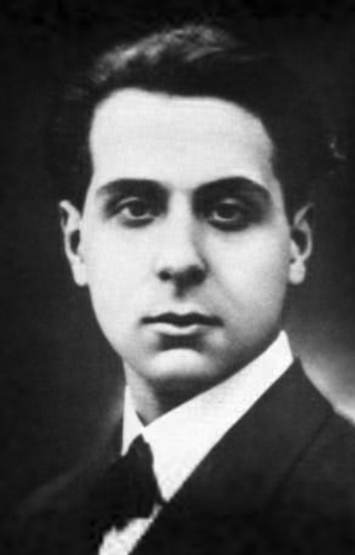I recently contributed to a thread on the literary blog of Russian translator and biographer Patrick Miles, Caldoneronia. The blog is named for and largely concerned with one of Miles’s biographical subjects – the scholar, journalist, translator, teacher, Russianist and Slavicist George Calderon (1868-1915).
The thread – of which the main participants were Damian Grant and Patrick Miles – concerned Women in Love. The question arose of when the novel was set, given that (as Patrick quoted) Lawrence said: ‘I should like the time to remain unfixed, so that the bitterness of the war may be taken for granted in the characters’. Patrick continued ‘I fear this is a different case of Lawrentian sophistry. The “time” cannot “remain unfixed” in the novel, because the action immediately preceding it (The Rainbow) ends around 1905 and the War has manifestly not started by the end of Women in Love as no-one mentions it and if it had begun Gerald et al. could not have travelled to the Tyrol, as Lawrence knew perfectly well. The “time” can therefore only remain fixed. Moreover, I have had quite a bit to do with the War in the last ten years and I have not felt/noticed one shred of “the bitterness of the war” in two close readings of Women in Love in three months.’
My own response (slightly revised) is reproduced, with Patrick Miles’s permission, below.
Ursula is 26 at the beginning of Women in Love. The novel’s prequel The Rainbow ends in 1905, when Ursula is 22 (or 23; she is 22 in early summer, and the novel ends in autumn). If she is 22, then Women in Love starts in 1909.
In the latter novel the time that elapses between the chapters is unfixed: the chapters take place respectively on a morning, that lunchtime, the end of a schoolday, a Saturday, a day, an evening, a morning to third evening following (Chapter 7 ‘Fetish’), Saturday morning, after Friday afternoon, a morning, a morning, an afternoon, an afternoon, a morning, Sunday morning to evening (Chapter 15 ‘Sunday Evening’), an illness, history of Gerald up to the present, a day, a night and the next several days, an evening, several days, an afternoon, an afternoon to following morning, several days, a few minutes, a few hours, an evening and the next few days, a day to next morning, several days, several days, next morning and the following week or two. There is some mention of seasons, and taking that into account I don’t think that more than two years have passed – therefore 1911, not the War in 1914, has been reached by the end of the novel.
But this doesn’t matter. It’s part of the change of mode from The Rainbow, which is historical, to Women in Love, which is geographical, that these things don’t matter any more (no more that realism of character is any longer a relevant criterion). I see the novel as completely suffused by ‘the bitterness of the war’ – though more in the whole stuff of the novel than as represented exclusively or particularly by the characters. After The Rainbow, which was Lawrence’s Bible, Women in Love was his Apocalypse; Frieda wanted the title Dies Irae. It is a final reckoning. Half the central characters are in one way or another destroyed, and what’s going to happen to the survivors, back in England, ending the novel on an argument, is not clear: it forecasts the opening of Lady Chatterley’s Lover: ‘The cataclysm has happened, we are among the ruins, we start to build up new little habitats, to have new little hopes. It is rather hard work: there is now no smooth road into the future: but we go round, or scramble over the obstacles. We’ve got to live, no matter how many skies have fallen.’
The War emerges from the novel’s deep subconscious to closer to the surface (though does not reach it, except in the moving quotation of Kaiser Wilhelm that occurs to Birkin at the end – ‘Ich habe es nicht gewollt’) – at certain moments . Consider the sensitive mare at the crossing, who is held there by the superior will of an English officer, despite the terror: ‘The repeated sharp blows of unknown, terrifying noise struck through her till she was rocking with terror … the trucks thumped slowly, heavily, horrifying, one after the other, one pursuing the other’.
Or at Breadalby, an English idyll that represents the very opposite of the fronts of France: ‘The talk went on like a rattle of small artillery’.
The ‘perfect explosive’ that Loerke and Gudrun speculate might blow the earth in two would have had particular relevance after the explosion of the Messines Ridge mines on 7 June 1917 (one of the largest non-nuclear explosions of all time; John Worthen observes this detail).
Lawrence had a gift of prophecy. Perhaps it was that that made him send his protagonists to – of all places – Südtyrol, which was soon to be taken by Italy from Austria as a result of the War.
The War’s implicit status in the novel fits with its place in Lawrence’s life. He wasn’t there. He saw none of its horrors, save those that were shipped home ‘more or less in bits’ (Lady Chatterley’s Lover). But even had he not been called up three times, or expelled from Cornwall as a suspected German spy, he would still have been obsessed by it – always thinking about it, always horrified by it; vulnerable to be horrified at leisure precisely because he was not there; and its bitterness to be ‘taken for granted’ in most of his writings from then on.




